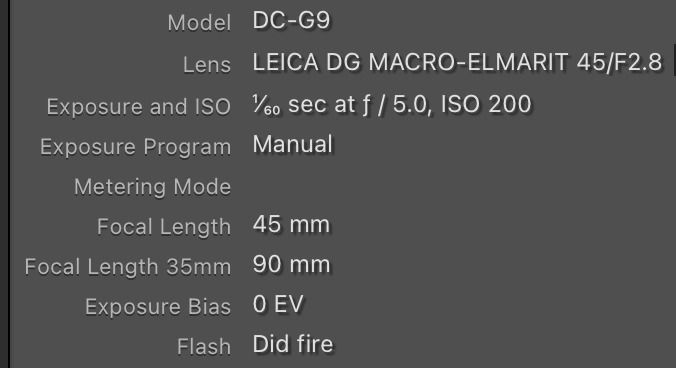Critique Style Requested: Standard
The photographer is looking for generalized feedback about the aesthetic and technical qualities of their image.
Description
So I put this up not as an example of technical excellence, but as an example of how we can train our eyes/brains to see the very tiny if we work at it. Ever since getting my first macro lens back in the mid-oughts, I’ve looked for details. Most every hike has me looking down, not just to keep from going ass-over-teakettle, but for the very small creatures and features of nature that are often overlooked. After over a decade of this, my brain has become more adept at picking out even the tiniest, nearly microscopic thing if it presents itself well - like this spider.
I was on my front steps when I noticed this bright speck of yellow making its way across the top of the cut grass. I had a feeling I knew what I’d see when I got close and yup - a mini crab. Even at this stage the instinct for the ambush grab is set firm and so this one landed here and got into position. It’s about 5mm across the legs and is on the tip of a blade of grass. Trailing silk (which you can see), it goes from one to another of these, often propelled by a mere breeze. Truly a wonder and so I got right in there with the tripod and an off-camera Godox flash.
And to continue with the ability to see things like this, after winter I find that I need to wake up this skill after a hiatus of blanketing snow. The ability never truly leaves me, but it is definitely harder to recognize shapes and patterns, or more accurately, pattern disruption, in the first hours of a spring outing. But after a bit of practice, it returns and the wonders underfoot present themselves again.
Specific Feedback
Yes, I know the back isn’t in focus, but it moved and so the next shots in the stack don’t align so I went with what I had. Any other improvements?
Technical Details
Tripod & fill-flash w/diffuser
focus points chosen manually
6-image stack in Zerene - tried for more, but slight changes in position made it impossible.

Lr to prep photos for stacking - basically just getting details and tonality right, no cropping. Zerene for the stack - a DMap with some PMax details and also retouching from source images where the alignment wasn’t perfect.
Lr to further improve color and clarity in the resulting TIF, and also a bit of a crop.


